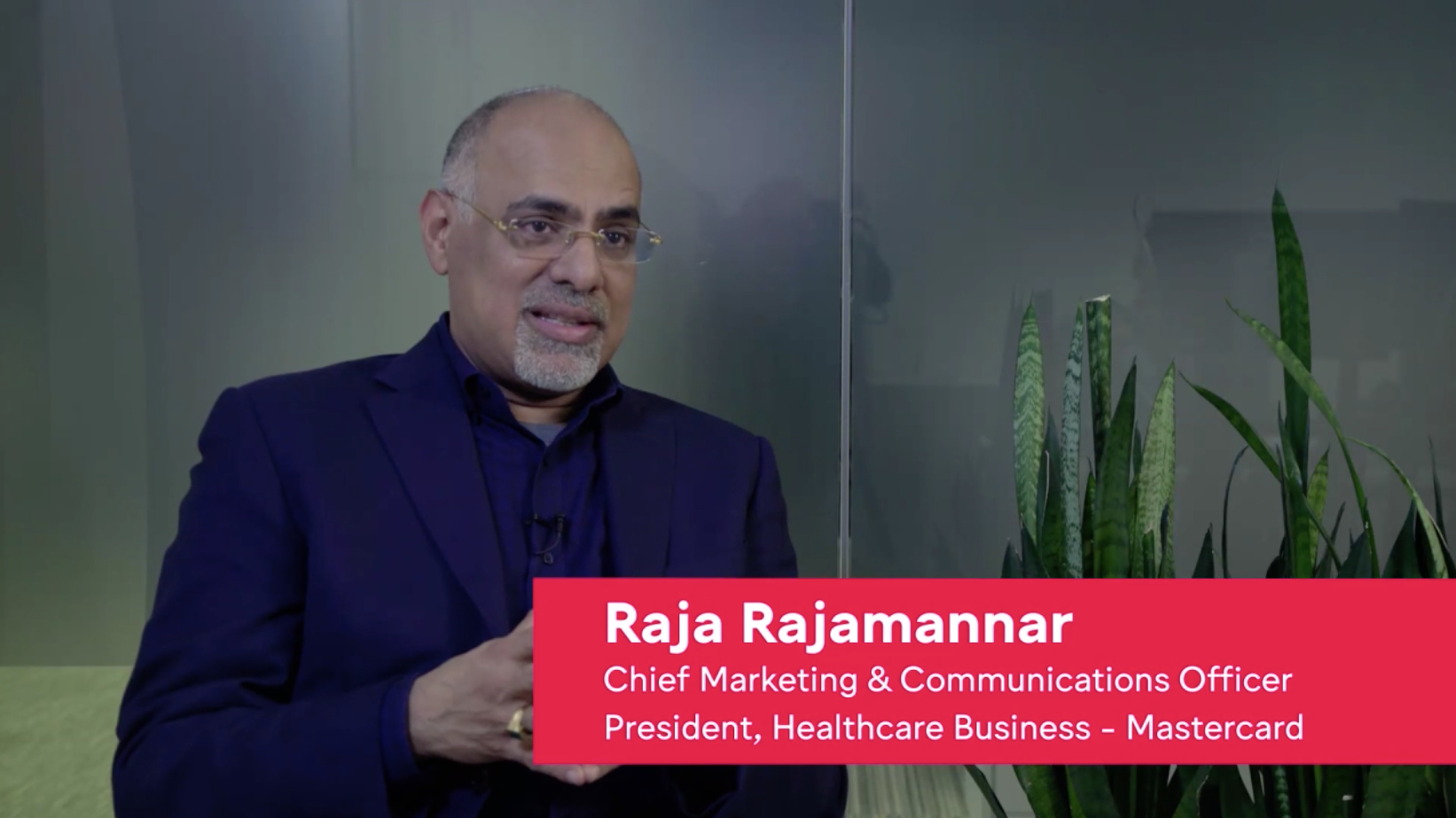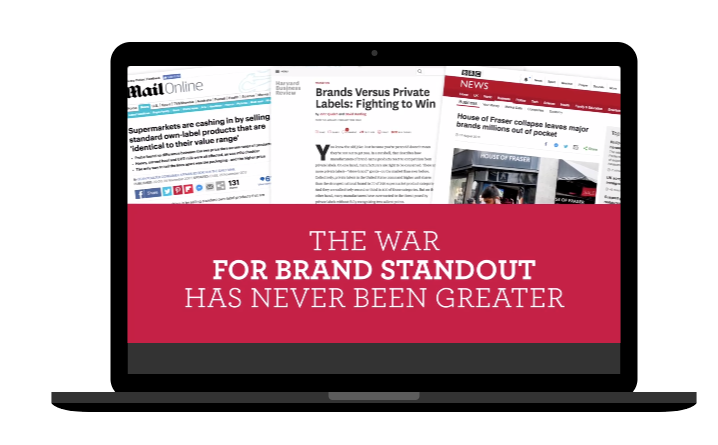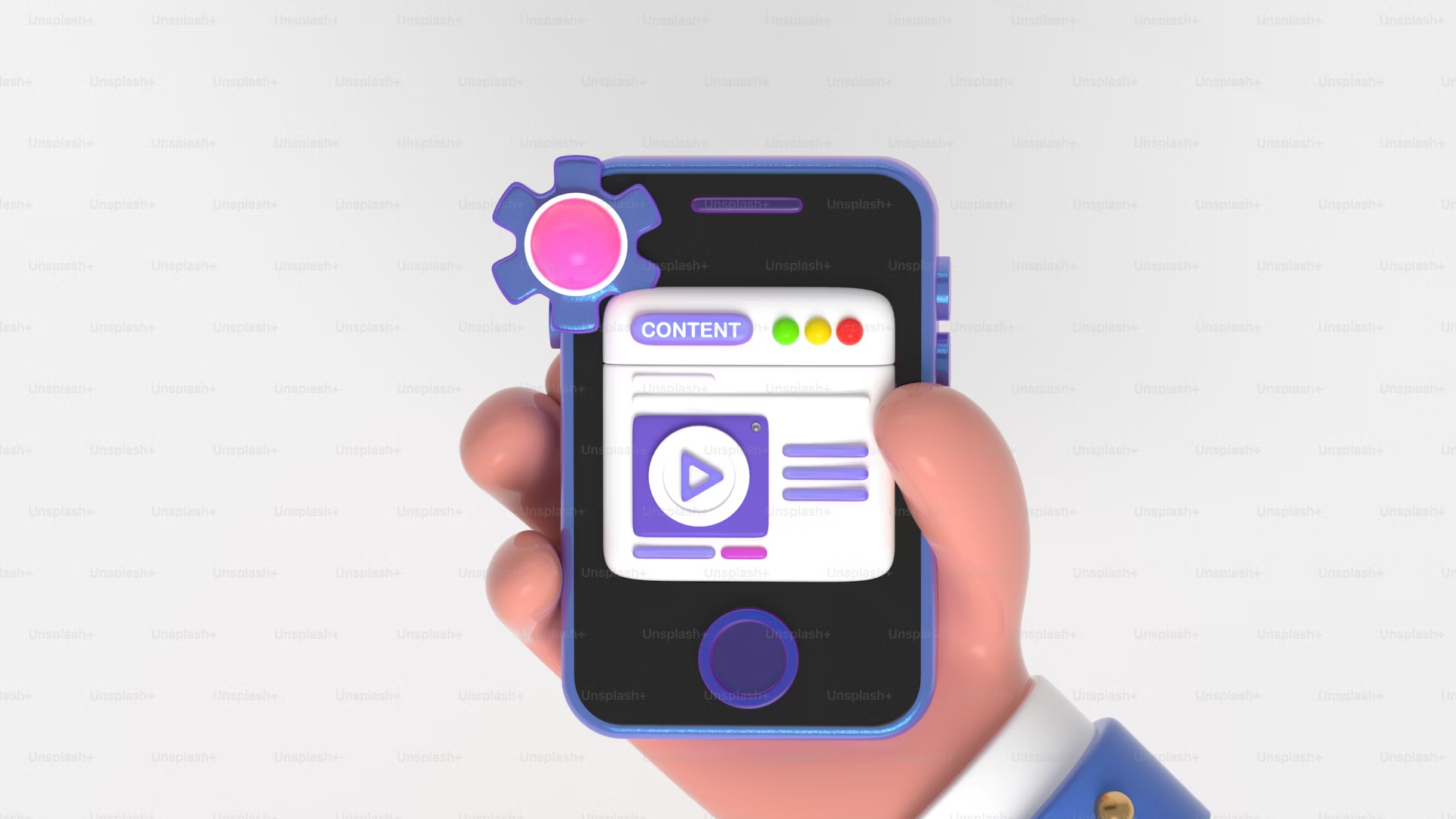How to produce corporate videos that ACTUALLY engage people
Since its introduction, social media advertising has come a long way. Today, video has to be a part of a bigger strategy for a brand to be successful. Major social networks focus on video in their strategy because of its ability to drive mega engagement for brands and gain maximum reach.
Quick Links
But that doesn’t mean all video for social media is created equal… especially corporate videos.
One of the biggest challenges when making corporate videos is getting viewers to pay attention to your content. In this digital age, people have shorter attention spans; no one likes to sit down and watch someone talking for a while. So, keep in mind that while making a video, you’re competing with fascinating dramas, sensational music videos, and the internet at large, where information is rampant.
With the proper content, some basic tools and a good budget, video production companies like ourselves can make high-quality, engaging videos that will solidify their relationship with clients and bring in new customers. Here are some practical tips for creating corporate videos people will pay attention to and learn from.
1. Make the information easy to understand
It is not easy to hold the attention of an audience when they can’t understand what you’re talking about. Keep in mind that when presenting information to a group of people through video, that you’re the expert on that topic and your audience could be made up of people who have no experience at all.

Break down the information into smaller units, maybe spread across more than one video, because people, in general, have a small capacity for absorbing new information.
You may begin by defining some of the terms you’ll be using. Clearly identifying what you’re talking about will make your video easier to understand and eliminate confusion. Another method will be to use as many examples as possible.
After an explanation, follow it up with an example of a real-life scenario, so your concepts can be more concrete and the audience of potential customers can better understand how your business solves a problem for them.
2. Tell a story through video

Everybody loves stories. They are very effective because they are good ways of conveying emotions and making a situation relatable for the audience. When it comes to stories, people are easily swept up in the manner in which they are told and in the message they contain, which makes them effective means of communication. Whenever a speaker says something like “imagine if you…,” your mind begins constructing a scenario, and that is the type of approach you should take for a corporate video if you are talking a lot.
3. Focus on your customers, rather than the brand
It is understandable if you want to talk about your brand as early as possible, your customers and audience might think otherwise. When you focus the video on you alone, and not how your audience can benefit from what your brand does, then they are likely to stop watching. Make your content as helpful as possible.
Although it is important to mention the key features, that does not tell your customers how the service or product is the right one for them. It is best to illustrate the major benefits to their lives or businesses, once again using stories to do so.
4. Make it more visual
As babies, we relied on vision to link objects with behaviors; like a ball means time for play. Vision was the quickest way to learn about the world. To make your video content more engaging, complement your video’s text and explanation with popular movie scenes, unique graphics, video animations and images of actual people within the business.
This is where you get the chance to make your corporate video stand out and truly engage an audience, which is something that most videos can not do.
The design of your video should reflect the personality of your brand. It can be animated and fun, or professional. Whatever style you decide to use, make sure it is consistent throughout the video and with your brand.
5. Be natural with your audience
The best corporate videos are both natural and relatable. While making a video, aim to establish a connection with your viewers. By seeing your face and listening to you speak, your audience will easily connect with you and get your message. It is important for them to see you as you are, a real human – not just a corporate figure aiming to get something from them. If your viewers can relate with you and find you approachable, they will remain engaged for longer, and will even feel a stronger affinity with your brand.
6. Keep the videos straight to the point

Just like a movie, a good corporate video should have a beginning, a middle and an end. By following this format, it will be easier to retain the attention of your viewers. If the information you plan to convey is quite heavy, then it is best to make a couple of short videos rather than a long one. A very long video could oversaturate your audience with information, and will inevitably end up being boring.
7. Use the right channels to share the video
The major mistake most make after creating a fun, engaging corporate video is not sharing it properly post production. When sharing your video, keep in mind that people interact differently with video contents, depending on the platform they’re using. No matter the channel you’re uploading your video, keep the title, description and call to action optimized. Apart from using social media to reach your audience, try and pitch your content to publications, particularly small industries that may need video content.
Author Bio
 Rob Oliver is the co-founder and passionate film director at CoolBox Films. A full service film and video production company based in Brighton, UK. Rob has over 15 years of experience as producer/director at a range of large production companies, now heading up CoolBox Films projects for global brands including Sainsbury’s, KPMG, Adidas and the World Federation of Advertising.
Rob Oliver is the co-founder and passionate film director at CoolBox Films. A full service film and video production company based in Brighton, UK. Rob has over 15 years of experience as producer/director at a range of large production companies, now heading up CoolBox Films projects for global brands including Sainsbury’s, KPMG, Adidas and the World Federation of Advertising.
Rob enjoys sharing his insights into video production and how businesses can use it effectively to communicate a message to their audience.
How to Use AI-Powered SEO Tools for WordPress eCommerce
SEO is a critical factor in the success of any e-commerce WordPress store. As competition…
0 Comments11 Minutes
Why Short-Form Videos Are the Future of Content Marketing
Your Instagram customers spend over 50% of their time watching short-form videos and reels. Rather…
0 Comments12 Minutes
The Role of Digital Marketing in Business Growth
Online marketing touches every aspect of a business, whether it is initiating the idea or for an…
0 Comments3 Minutes
AI Meets Authenticity: Balancing Automation and Human Touch in Content Marketing
Is your brand starting to sound like a robot? In a world where algorithms write faster than any…
0 Comments8 Minutes
Essential Tools for Enhancing Web Design and UX Hosting
Have you ever visited a website that felt slow, clunky, or confusing? A website that is poorly…
0 Comments11 Minutes
How a Mini Cart Transformed My Store’s Shopping Experience
Okay, real talk—running an online store is hard. You think you’ve got everything figured out, you…
0 Comments9 Minutes
Balancing Your Security Initiatives With Industry Compliance Requirements
Managing a business today comes with a number of daily battles that need to be fought. Resources…
0 Comments11 Minutes
Best plugins to enhance the customer shopping experience
Customer experience is a key part of every online store. A good experience helps customers find…
0 Comments7 Minutes








